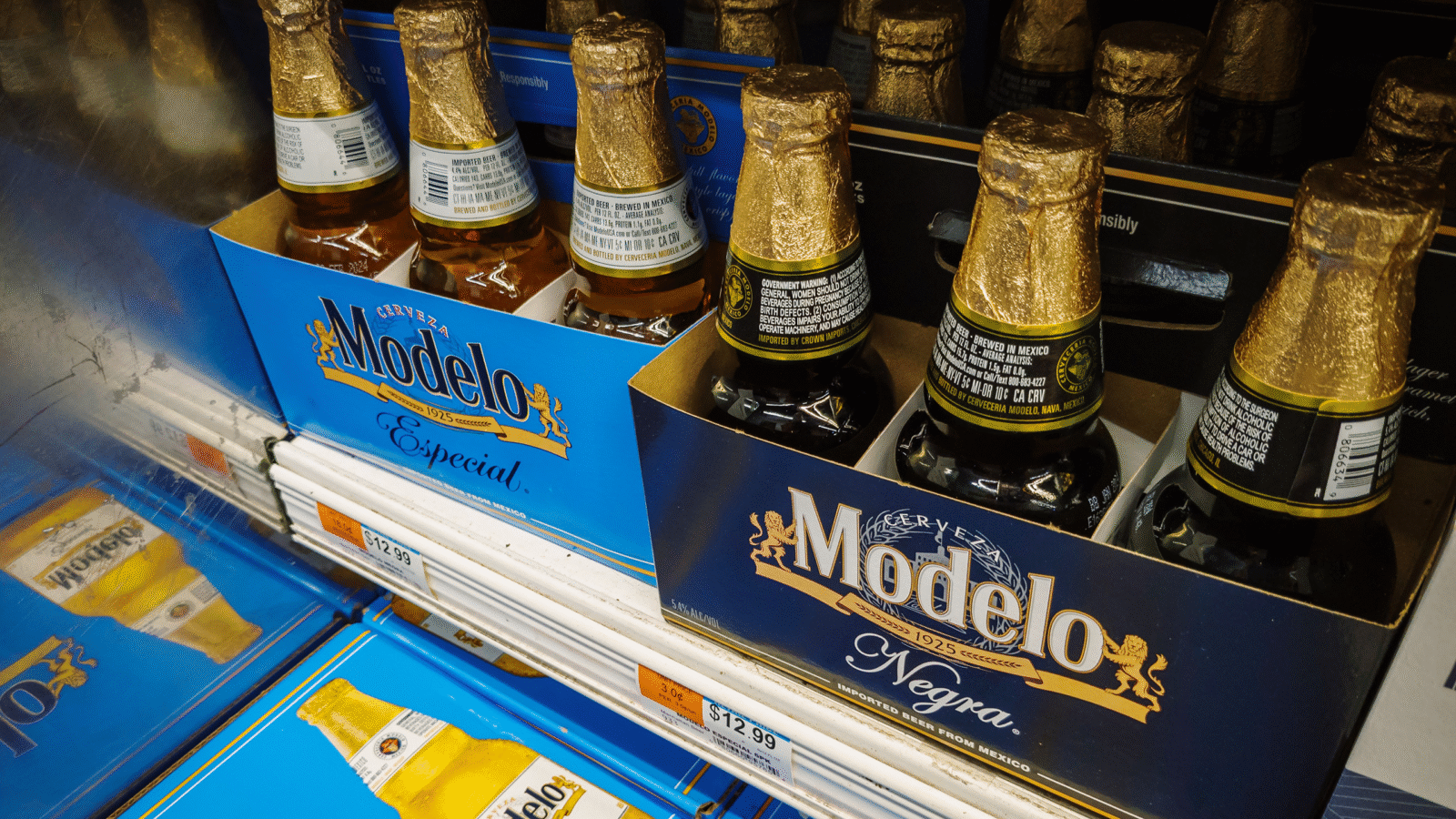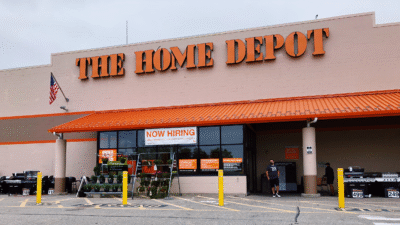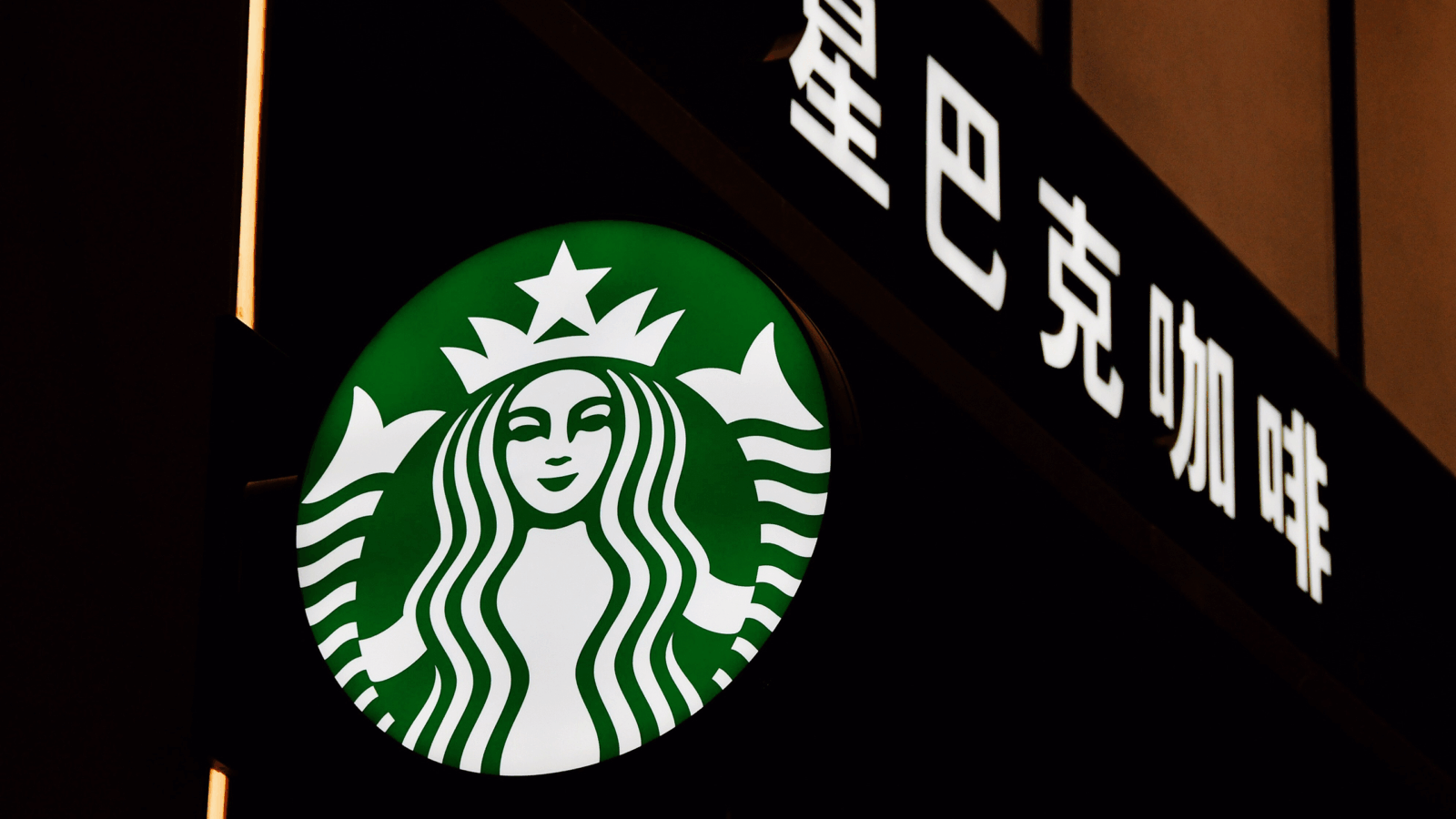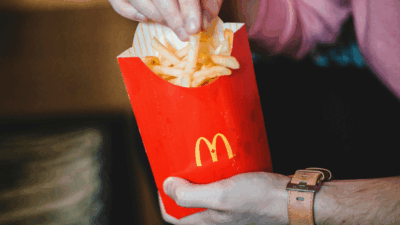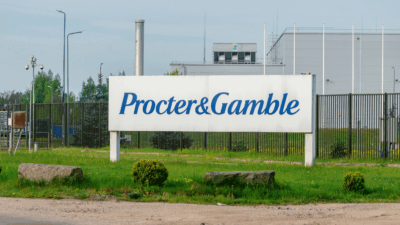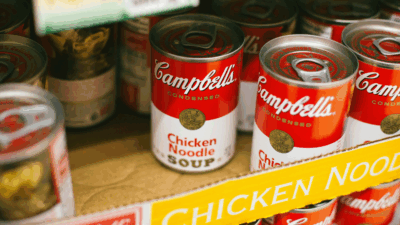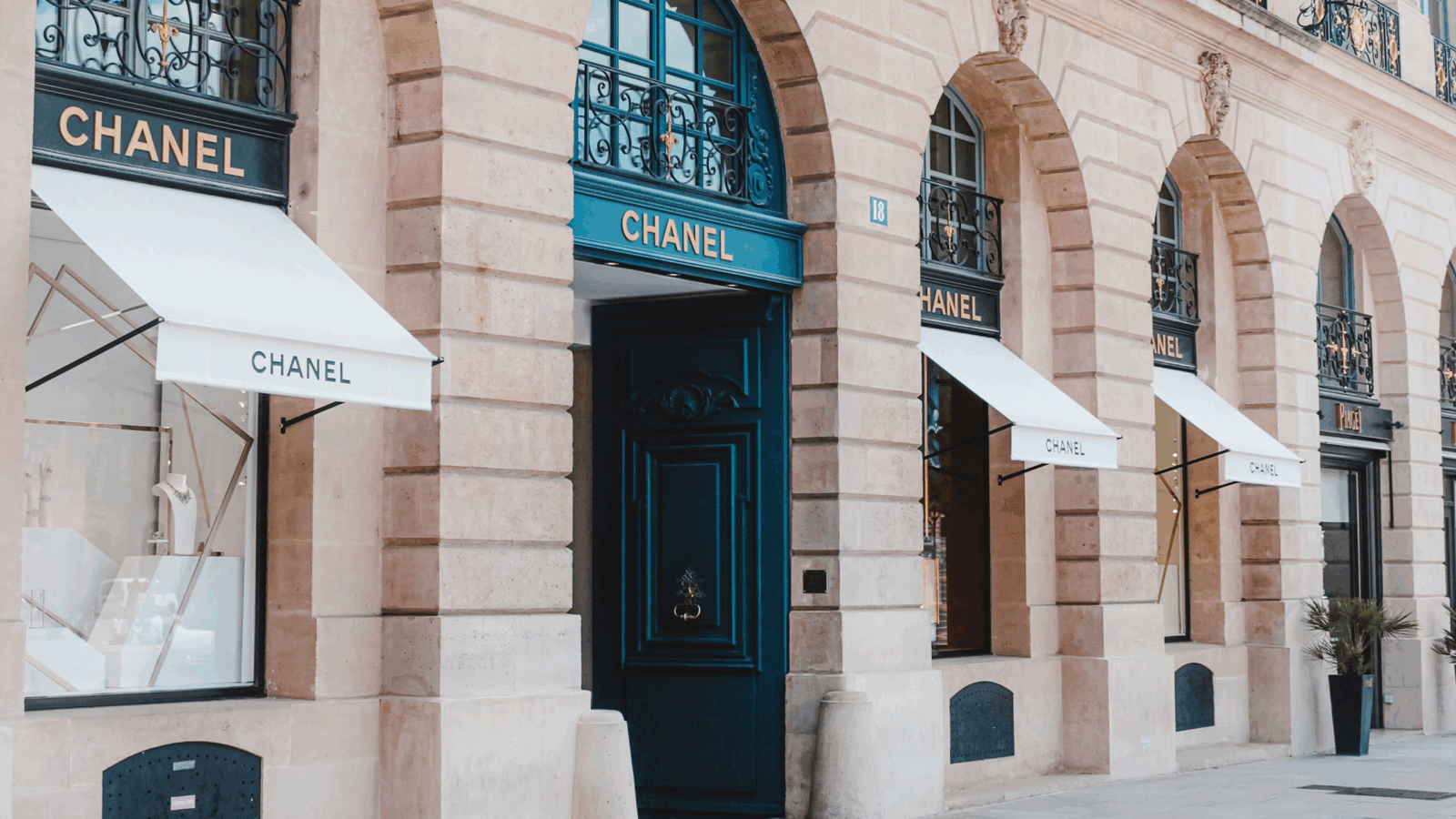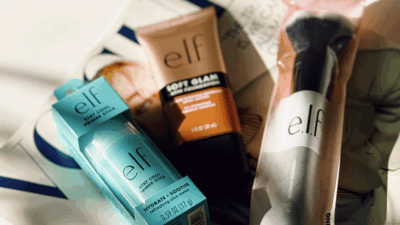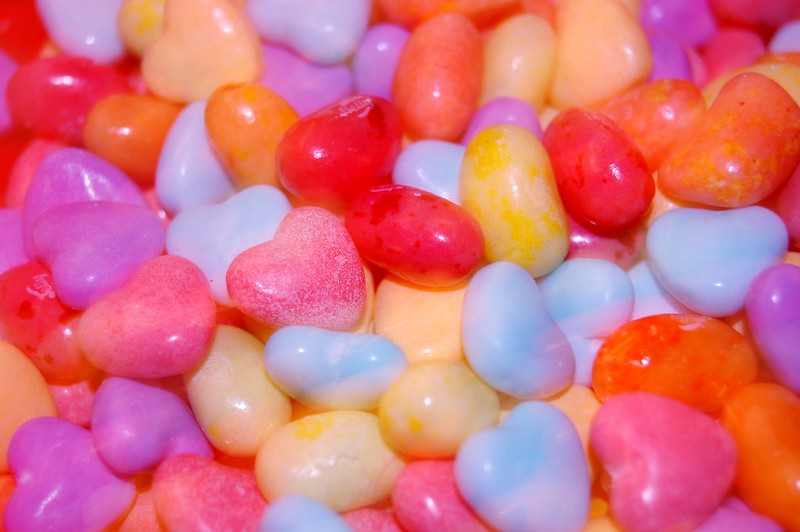
Sign up for smart news, insights, and analysis on the biggest financial stories of the day.
This weekend, young adults dressed as Ted Lasso or the turtleneck-sporting Elizabeth Holmes are packing into bars, teens are huddling on basement couches discovering cheesy horror movie classics, and kids are haunting sidewalks dressed as superheroes, ghosts, and fake-goatee’d Guy Fieris.
Playing defense are responsible adults desperate to keep the largest bowl they own stocked with enough fun-sized candy to placate a small army of neighborhood children — lest they find themselves covered in raw egg and toilet paper — while, hopefully, leaving enough leftover to soothe the occasional sweet tooth till at least Thanksgiving.
But where some see beloved Fall holiday ritual, others — namely, candy companies — see opportunity. And a multi-billion dollar opportunity at that. That’s what we’ll be looking at today: the powerful economics of the candy industry, the story of how the world’s most famous investor parlayed a modest candy investment into an epic cash cow, and the biggest challenges facing the industry. Critically, we’ll unwrap the industry’s reliance on a dark and contentious supply chain anchored in West Africa, which accounts for two-thirds of global cocoa production.
So sit down, break off a piece of a Kit-Kat bar, keep an eye out for tee-pee raids, and dive in.
Candy Cane Memory Lane
Humans are but simple creatures who crave simple pleasures. Thus, candy has been around in some form or another for centuries. Historians believe civilizations from India to China to Greece discovered the joys of turning reduced sugar and honey into hard candies as early as the sixth century BCE. The Mayans and later the Aztecs turned cacao beans into drinkable chocolate. By the mid-sixteenth century, global colonialism, exploration, and trade brought the tasty treat to the rest of the world.
By most accounts, the first chocolate bar put into production was from Jacob Fry in Bristol, England in 1847. A couple decades later, in 1875, Daniel Peter and Henry Nestle (ahem), were perfecting the formula for the debatably tastier, more palatable milk chocolate bar. Germans were tinkering with gelatin-based shape candies — what we now call gummies — around the same time. And, by the turn of the century, Milton S. Hershey had sold the Lancaster Caramel Company for $1,000,000 to focus on growing his exploding chocolate bar business.
Flash forward 125 years, and confection conveyors are behind a global industry worth some $195 billion, according to a recent Fortune Business Inside market report.
See How We Run
That’s brought riches to many of its stakeholders. The sweet economics of the candy industry is perhaps best exemplified by Berkshire Hathaway’s ownership of See’s Candies.
When Buffett and Munger purchased See’s in 1972 it was hawking 16 million pounds of candy per year. Fast forward four decades and that number had grown to just 31 million pounds, an anemic 2% growth rate that trailed broader GDP growth. Still, Buffett and Munger have enjoyed legendary returns of roughly 8,000% since their initial $25 million investment thanks to how See’s sees the candy biz:
- See’s capital-light business model and pricing power with loyal customers means they have been able to extract ever-increasing per-pound profit.
- And with a favorable receivables cycle (customers pay upfront in cash), the business had generated $1.35 billion of free cash flow after 40 years of Buffett ownership.
“Just as Adam and Eve kickstarted an activity that led to six billion humans, See’s has given birth to multiple new streams of cash for us. (The biblical command to “be fruitful and multiply” is one we take seriously at Berkshire.),” Buffett sermonized in his annual letter to Berkshire Hathaway shareholders in 2007.
Creature Comforts: Berkshire is hardly the only multinational that has benefited from America’s sweet tooth. The fraught days of the early pandemic pushed consumers to a more hedonistic diet (not having to ever wear a belt anymore certainly helped). Domestic sales of chocolates and candies exploded by over 15% in 2020, according to the National Confectioners Association. Nothing quite says “stress eating” like downing a giant bag of Peanut M&Ms during binge sessions of Tiger King.
And while the pandemic may have canceled some Halloween parties and trick-or-treat plans, the lull was more of a small cavity that needed filling than an all-out root canal. By last year, US candy sellers had already rebounded to record revenues:
- Last year, Hershey posted its “biggest ever” Halloween season, and bumped its annual sales forecast 9% to nearly $9 billion just ahead of the holiday, which typically accounts for about 10% of its total annual sales.
- The industry overall reported about a 5% bump from 2020’s pandemic-depleted holiday, and consumer spending on all Halloween-related items hit a record $10 billion, according to a National Retail Federation survey, up from just $8 billion the year before.
Candy sales leaped another 11% in 2021 to nearly $37 billion in the US, an all-time record. For shareholders, the results have been luscious – Hershey’s stock price suffered neither an initial March 2020 plunge nor a 2022 lashing that has hit others. The good times are Rolo-ing.
For all of the industry’s success, it finds itself at the mercy of supply chain snarls. Roughly 60% of the world’s cocoa beans come from Ghana and the Ivory Coast, where poor farmers and child laborers earn as little as $0.78 per day to harvest the crop — well below the World Bank’s extreme poverty line of $2.15 per day.
Both Nestlé and Mondalez, owners of the Oreo and Cadbury chocolate brands, have announced massive initiatives worth $1.4 billion and $600 million respectively to reduce their reliance on child laborers and improve conditions. These initiatives notwithstanding, officials from the Ivory Coast and Ghana are pushing to create an OPEC-style organization to bring prices higher, and in 2019 introduced a “living income differential” premium of $400 per tonne to increase farmer income. Buyers have sometimes been hesitant to honor the full premiums, arguing that cocoa is a commoditized product with a price set in the free market.
Pricing disputes came to loggerheads last week, with representatives from Ghana and the Ivory Coast boycotting the World Cocoa Federation in Brussels over prices paid for the bean.
Crunched: At the same time, Big Candy is diving headfirst into new industries.
Diversification is a familiar strategy to Nestle. The world’s largest food producer, which started as a swiss seller of milk chocolates, now sells everything from baby food (via Gerber) to sparkling water (via Perrier).
Now, one of its biggest competitors is doing the same:
- In November last year, Hershey’s made a significant play to expand outside the candy business. The Pennsylvania-based company acquired Dot’s Homestyle Pretzels and Pretzels Inc., which handles some manufacturing for Dot’s, in two separate acquisitions that totaled $1.2 billion.
- That comes after a $1.6 billion acquisition of Skinny Pop-owner Amplify Snack Brands in 2018, as well as a $420 million acquisition for Pirate’s Brand (makers of Pirate’s Booty cheese puffs) the same year as it doubled down on moving into healthy snacks.
Following the pretzel pickups, Hershey CEO Michele Buck said the company vowed to continue its pivot from sugar pusher to “snacking behemoth” — with an eye toward healthy-ish snacks that consumers deem “permissible.”
M&M M&A: Mars — the maker of M&Ms, Snickers, Milky Way, Juicy Fruit, and Hubba Bubba — also caters to a demographic with a strong aversion to chocolate: dogs, and pets in general.
Mars Candy acquired pet food maker Kal Kan in 1968, changed its name to Pedigree in 1988, and became the world’s leading pet food brand by 1994, counting $4 billion in annual sales. But it’s moves that came in the 21st century that have radically redefined the company.
Mars has slowly expanded from pet food into pet care, purchasing a significant stake in the Banfield Pet Hospital chain in 2007. Ten years later, it dropped $9.1 billion to acquire veterinary group VCA. Suddenly, Mars became the owner of 800 pet care hospitals.
Clearly, thanks to your sugar addiction, the world has become the candy industry’s candy store.
